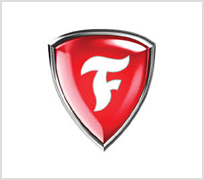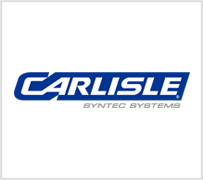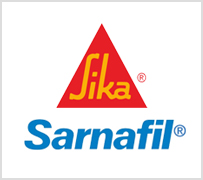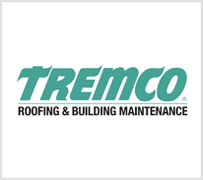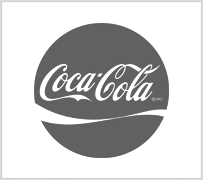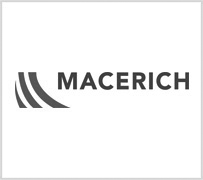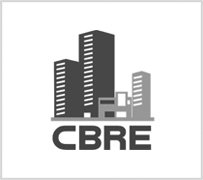
Home / News / What is a Roofing Cap Sheet

Used in low slope roofing such as built-up roofing (BUR) or modified bitumen roofing, a cap sheet is used to create a water-tight surface. Constant exposure to wind and weather can cause a BUR roof to become brittle and crack, then water can seep into the cracks, eventually working into the interior of the building. The cap sheet covers and protects the layers below it, helping to extend the life of the roof.
Photo courtesy of CertainTeed.
A cap sheet is created from several layers of materials including asphalt or tar-coated layers of fiberglass. It is often coated with some type of mineral granules for strength and durability. It is a fairly heavy type of roofing material, and is often referred to as “90lb roofing” due to the approximate weight of a standard square. It's worth noting, however, that technology and advancements have reduced the weight for several products, with many weighing around 72lb. The more layers in built-up roofing and the cap sheet, the more effective a roof become at resisting leaks.
The cap sheet can be applied to the roof using several methods.
Cap sheets are getting more high tech these days. Light-colored mineral surfacing help reflect heat back into the atmosphere and prevent the roofing materials from absorbing heat. That reduces the need for air conditioning and lowers utility costs. In addition, the light color help reduce the urban heat island effect.
Additional materials are being added to help with durability and resistance to damage including various derivatives of rubber. The rubber adds flexibility to the roofing material so hail or debris impacts are cushioned and cause less damage.
In some cases, additional coatings can be added for even more protection, but generally require 90 days after initial installation before the coating can be applied. Newer products like Firestone’s UltraWhite Granulated Cap Sheet have the coatings added at the factory and do not require extra steps during or after installation.
Because cap sheets are fused to the layers below, you can’t simply peel that layer off and replace it. However, regular maintenance, just like any other roofing material, is recommended and repairs should be made immediately.
Because cap sheets are covered in a mineral coating, they generally tend toward earth tones, grays and whites. Since the purpose is to insulate and reflect heat, white reflective cap sheets are by far the most popular.

